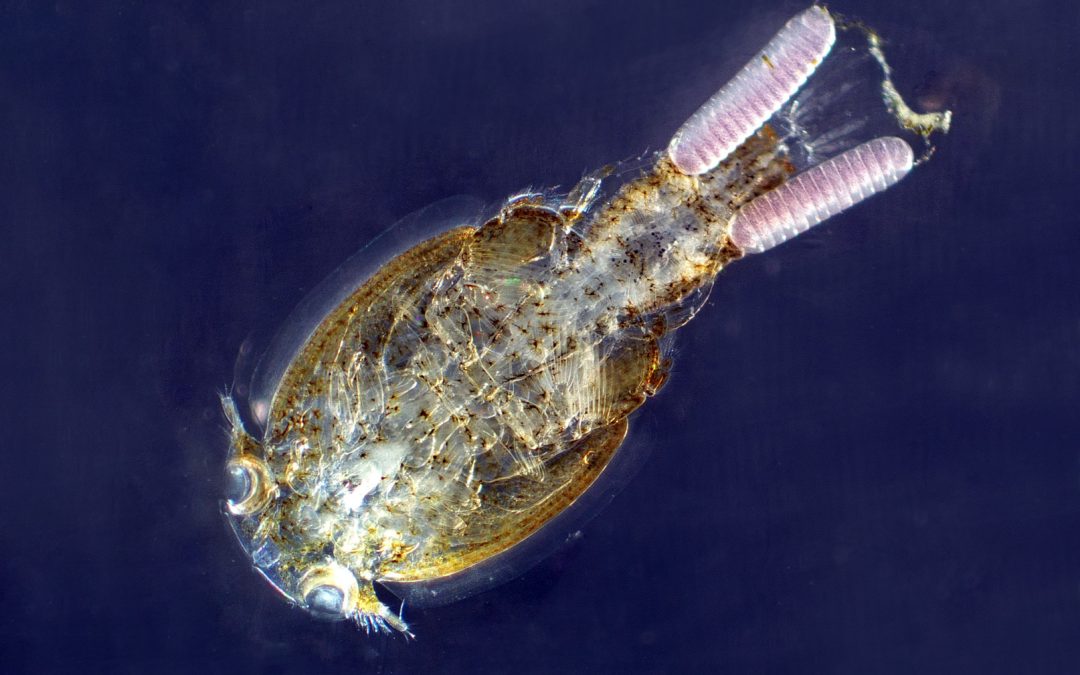
by David Young | Dec 21, 2024 | Arthropods, Plankton
Common Name: Sea louse (sea lice) Scientific name: Caligus spp. This is a genus of parasitic arthropods (copepod) that are ectoparasites that feed upon mucous secretions and epidermal tissues of host fishes. Plankton tow: Cadboro Bay, Victoria, British Columbia,...
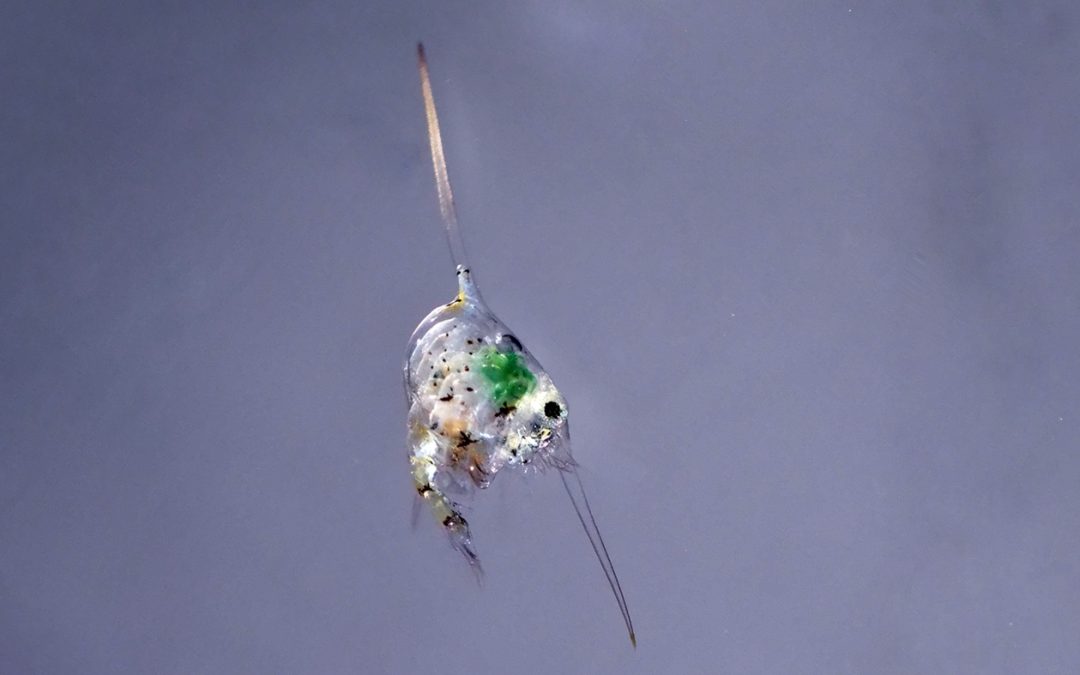
by David Young | Dec 9, 2024 | Plankton
Brachyura (True Crab) Zoea Author: Rachel Walker This is likely the zoea of a Dungeness Crab (Metacarcinus magister) Plankton tow: Cadboro Bay, Victoria, British Columbia Illustration by Spencer...
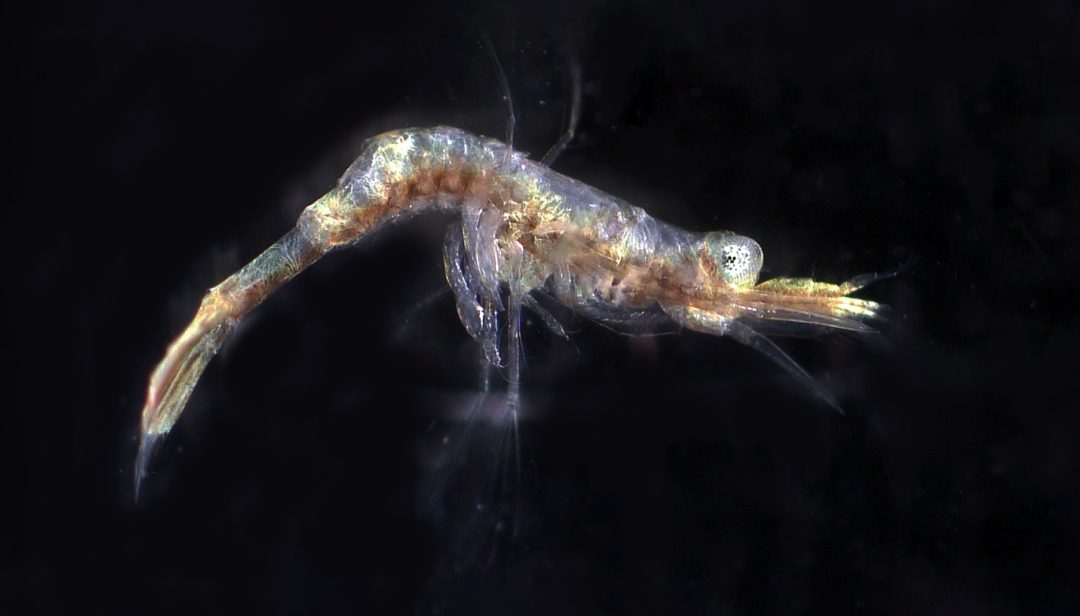
by David Young | Nov 30, 2024 | Plankton
Hermit Crab Zoea Photo by Darian Yap Plankton tow: Cadboro Bay, Victoria, British...
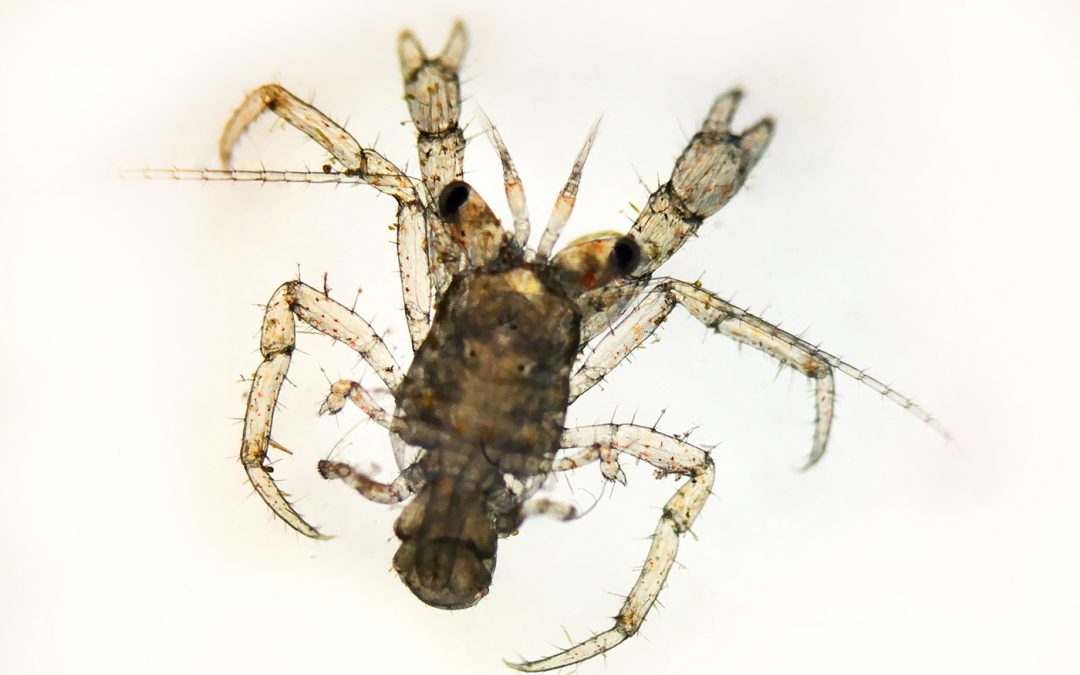
by David Young | Nov 30, 2024 | Plankton
Hermit Crab Megalopa (Pagurus sp.) Plankton Tow: Cadboro Bay, Victoria, British Columbia, September 18, 2019 Photo by Sophie and...
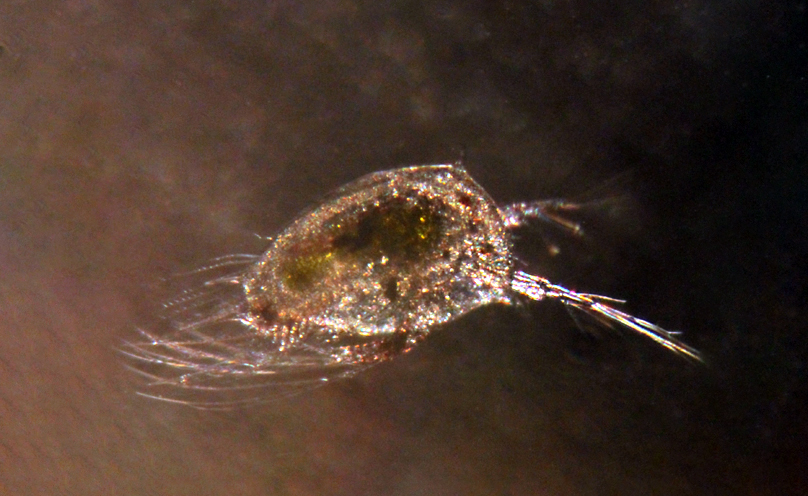
by David Young | Nov 25, 2024 | Plankton
Cyprid Larva (Barnacle Larva) Author: Judah This is the last planktonic larval stage of a barnacle before it becomes permanently anchored as an adult to a substrate. February 19, 2013 Plankton Tow – Cadboro bay, Victoria BC...
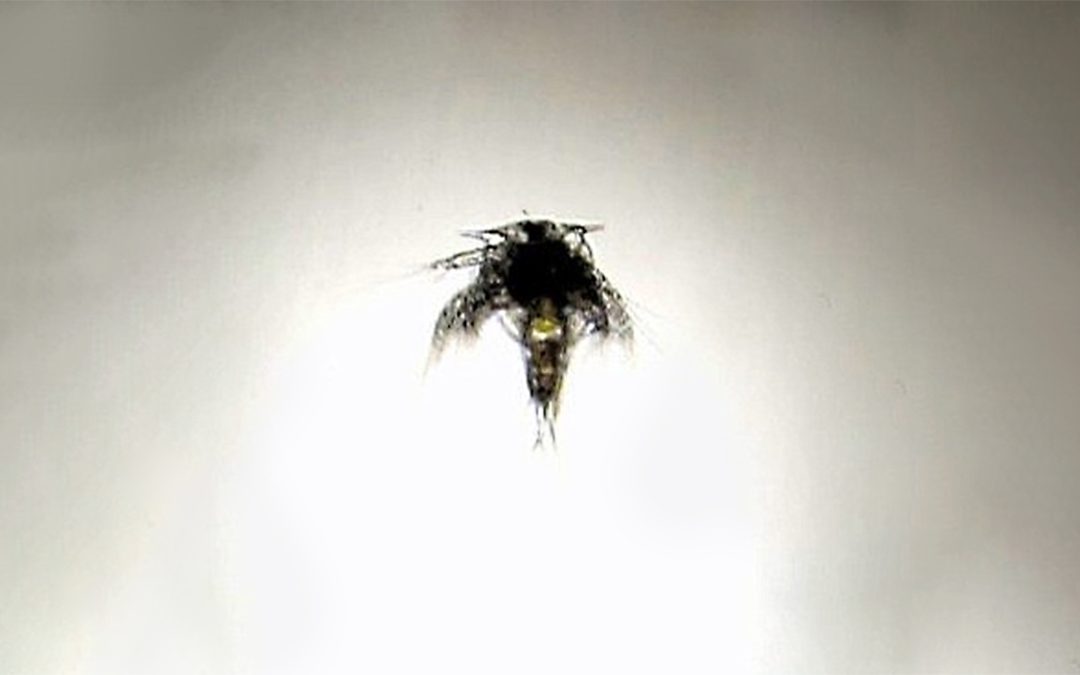
by David Young | Nov 25, 2024 | Plankton
Barnacle Larva (Nauplius Larva) Author: Alondra The nauplius larva is the first swimming larval stage of a barnacle. After this stage it changes into a cyprid larval stage and then anchors itself onto a substrate as it develops into an adult barnacle. February 19,...






